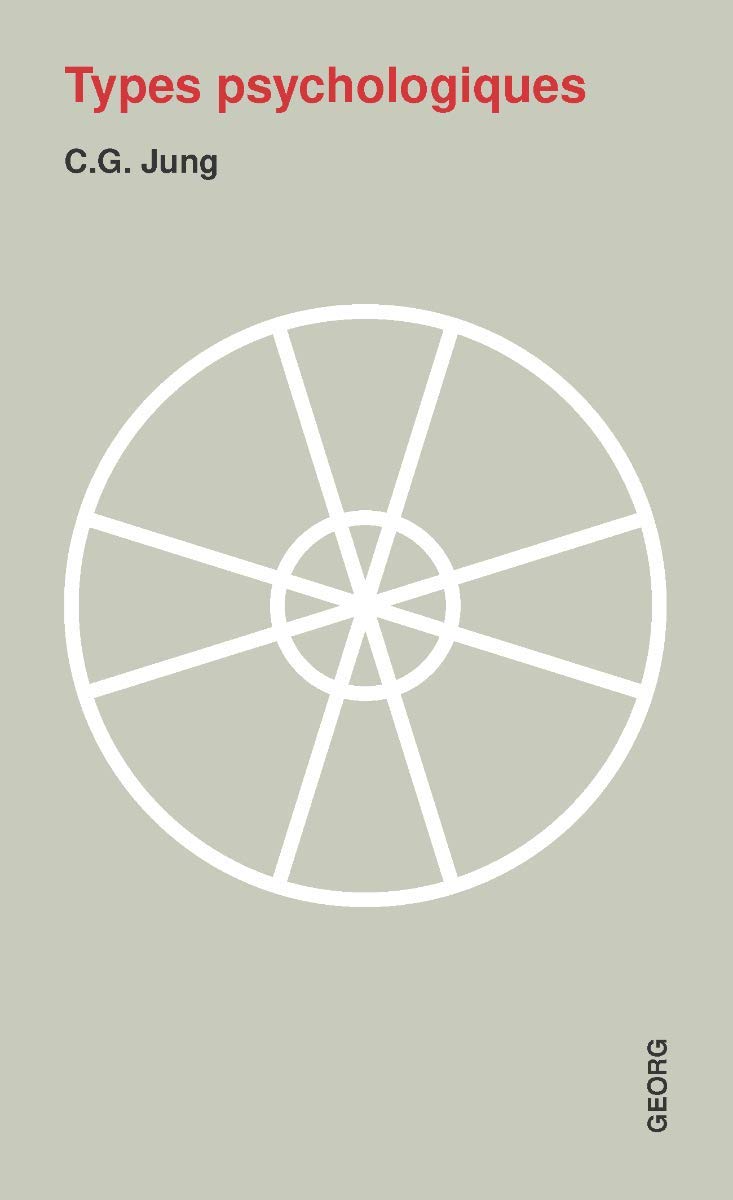The DISC color wheel
Origins of the DISC
The red profile: dominant
The yellow profile: influent
The green profile: stable
The blue profile: Conscientious
8 trends
Communication and Behavior
Motivations - ODAPHIS index
Conflict management
Stress management
Managing mistakes
Improving your sales pitch
Management
At work
Chronoplanning
Vidéos et podcasts
Further research
Ancient Greeks
Five centuries ago, Empedocles, a versatile thinker who was simultaneously a philosopher, poet, engineer and physician, came up with the idea of two opposing forces which govern the universe: Love and Strife. He believed Love acts as a unifying force, driving the elements to bond and achieve universal unity, while Strife causes separation and fragmentation, resulting in diversity and chaos.
These cyclical forces influence the four fundamental elements - water, earth, fire and air (ether) - that make up all forms of matter. This representation is often wrongly attributed to the Aztecs.
A century later, Hippocrates, often referred to as the father of medicine, overturned traditional beliefs by arguing that illnesses had natural causes at a time when most people believed that their health and destiny were dictated by the gods.
Hippocrates maintained that behavior was governed by temperament, an idea he developed in his "humoral theory" (humoral pathology). He associated four bodily humors - blood, yellow bile, black bile (atrabile) and phlegm (lymph) - with four distinct personality types. His belief was that good health results from the balance between these humors, and that the body uses mechanisms such as sweating, vomiting or coughing to expel excesses and restore this balance.
It's risky to draw a direct parallel between Hippocrates' humoral theory and the DISCp4 model, but embryonic similarities can be observed. According to this ancient theory, a person could be characterized as follows:
- choleric: controlled by yellow bile (liver), fiery, unpredictable, frightening, irritating.
- sanguine: controlled by the heart (blood), positive, cheerful, optimistic, carefree.
- phlegmatic: controlled by the brain (mucus), cerebral, slow, viscous.
- melancholic: controlled by black bile (spleen: vent your spleen), gloomy, pessimistic.
Jung (et Freud)
Carl Gustav Jung (1875-1961) and Sigmund Freud (1856-1939) are key figures in psychology. On profil4.com, we often mention Jung, particularly for his notion of the "mask", a key concept for understanding how we present ourselves to others.
A Viennese physician and pioneering figure in psychoanalysis, Freud was influenced by such key figures as Wilhelm Fliess, Josef Breuer and Jean-Martin Charcot, the latter of whom was renowned for his work on hypnosis at the l'École de la Salpêtrière. The concepts of infantile sexuality and the unconscious are among his major contributions, which redefined how we understand psychic processes. These discoveries laid the foundations of psychoanalytic theory, introducing fundamental notions such as dreams, neurosis and transference, explored in his early work on hysteria and emblematically illustrated in his analysis of the "Dora case". Freud also formalized the psychoanalytic cure, a therapeutic method he defined in 1904.
Jung, the founder of analytical psychology, was a prolific thinker and author whose work was initially linked to that of Freud, of whom he was a fervent supporter before they parted ways due to fundamental differences. His approach, which integrated metapsychological notions into clinical practice, broadened the field of psychology, embracing disciplines as varied as philosophy, sociology, anthropology and even the study of religion. In particular, Jung explored the links between the structure of the psyche and its cultural manifestations using concepts drawn from alchemy, mythology and religion to understand the "reality of the soul" better. His work on dreams, although not pioneering, has greatly influenced modern understanding of these phenomena.
In 1921, Jung published "Psychological Types", a work in which he set out the key concepts of his theory. In it, he introduced the distinction between introverted and extroverted personality types, as well as the four psychic functions, which are fundamental to understanding the diverse ways in which people interact with the world.
Marston
In 1928, William Moulton Marston published "Emotions of Normal People", a book in which he argued that many types of emotional and sexual behavior, often considered abnormal, are in fact influenced by the nervous system. This seminal work describes how emotions influence people's behavior and explains behavioral variations over time. Marston focused on observable and measurable psychological phenomena, laying the foundations for classifying behavioral expressions of emotion into four main categories, which are related to self-perception and interaction with the environment. This work foreshadowed the development of the DISCp4 model.
The same year, Marston was recruited as a psychologist by Universal Studios, where he conducted a number of experiments, including removing the final scene of a film to gauge audience frustration. These innovative initiatives positioned him as the pioneer of the DISC model, the theoretical foundations of which he laid through his research into emotions and behavior.
At first, Marston focused on the concepts of dominance and submission, themes central to the Wonder Woman comic he created. In addition, he explored the notions of truth and its perception, elements which are likewise present in the comic. Marston is also recognized as one of the inventors of the polygraph, which shows how he integrated psychological research into his most widely known creations.
Marston ushered in a radical innovation in his field by focusing on normal people rather than those with disorders or pathologies, an unheard-of approach at the time. He also introduced the use of statistical studies to support his theories, a method which, while standard today, was revolutionary a century ago. This modern way of doing things has greatly contributed to shaping psychology as a highly precise science.
Clarke
Industrial psychologist Walter Vernon Clarke pioneered the first personality test based on Marston's theories. From 1948 onwards, he used this tool mainly for selecting company staff, formalizing it in 1956 under the name "Activity Vector Analysis" (AVA). This test consists of a list of adjectives that participants must select according to how personally relevant they are. It evaluates four main character traits: aggressiveness, sociability, emotional control and adaptability. The AVA is still a benchmark in the field, used and adapted to this day.
Spranger
Eduard Spranger, a psychologist, teacher and philosopher from Berlin who was a contemporary of Marston and Jung, made a name for himself through his research into the various ways in which people perceive the world.
In the late 1920s, he published the book "Types of Men", in which he defined six theoretical personality types and their value attitudes: the Theoretical (discovery of truth), the Economic (usefulness), the Aesthetic (form and harmony), the Social (love of people and benevolence), the Political (power) and the Religious (unity).
Contemporaneously with Spranger, Marston published "Emotions of Normal People". These two works laid the foundations for pedagogy and behavioral psychology, and continue to be fundamental references a century later.

Maslow
Abraham Harold Maslow, an American psychologist, is recognized as the founder of the humanistic approach to psychology. In the field of work psychology, he is famous for his research on motivation, often erroneously simplified as a pyramid of needs, with successive steps leading to complete satisfaction.
Maslow was also a pioneer of transpersonal psychology, a field that goes beyond personality to examine the spiritual dimensions of the human being and exceptional states of consciousness.
Herzberg
Frederick Herzberg, an American psychologist, is renowned for his two-factor theory and his research into job enrichment and motivation at work. He looked into relationships and working conditions in industrial environments with a humanistic approach.
In 1978, he published "Work and the Nature of Man", a publication in which he emphasized the ideas initially presented in "Job Attitudes" and developed in "The Motivation to Work" two decades earlier. He criticized industry for having efficiently met people's material needs through the production of consumer goods, while neglecting to satisfy the internal needs essential to their creative fulfilment.
Rosenberg
The Nonviolent Communication (NVC) approach, conceived by Marshall B. Rosenberg, aims to enrich the ability to interact and communicate in a benevolent manner, thereby encouraging others to act in the same way. Initiated in the 1970s, this process places empathy at its heart, echoing the person-centered approach of psychologist Carl Rogers, of whom Rosenberg was a disciple. The adjective "nonviolent" echoes Gandhi's principles and refers to types of communication that avoid harming others, in keeping with the concept of ahimsa. Rosenberg also incorporated economist Manfred Max-Neef's analysis of human needs into his teachings.
The Center for Nonviolent Communication (CNVC) describes this process as "conscious communication", emphasizing three key characteristics: empathy, authenticity and personal responsibility.
Lectures
Ouvrages :
- Types psychologiques
- Emotions of Normal People
- Le travail et la nature de l'homme
- Pourquoi on ne se comprend pas ?
- Faites de vos émotions un atout managérial
- Les 7 types de personnalité en entreprise
Articles et billets de blog intéressants :







